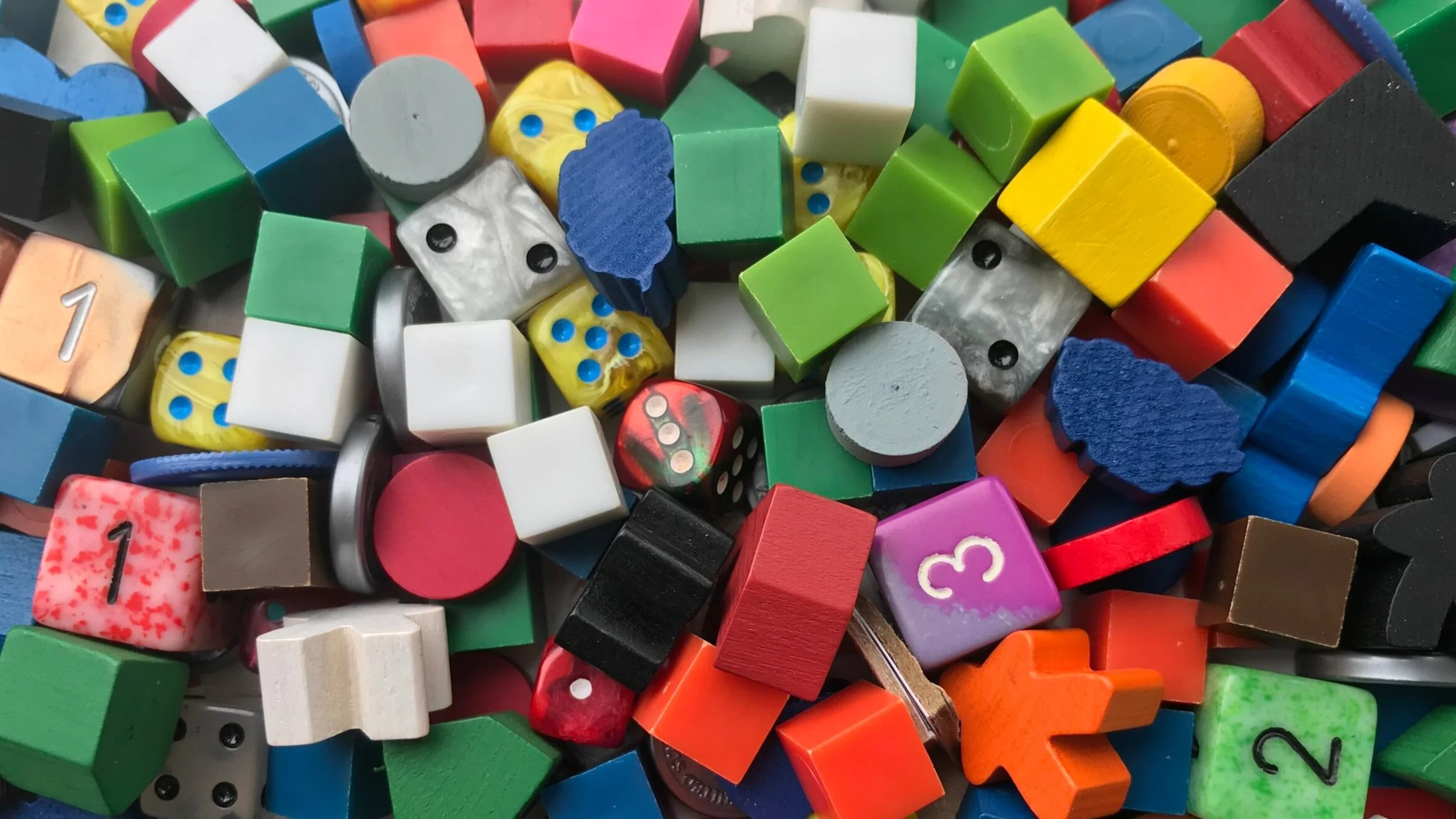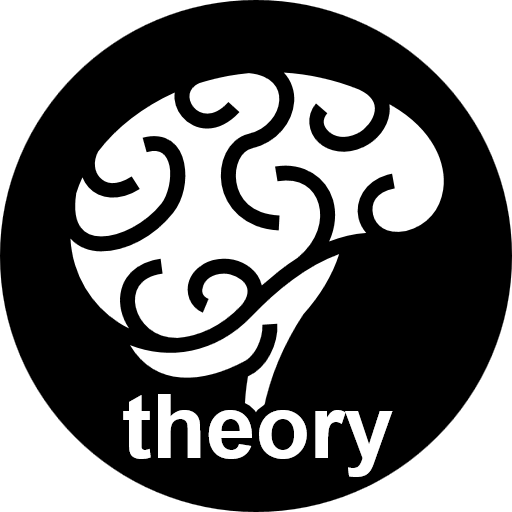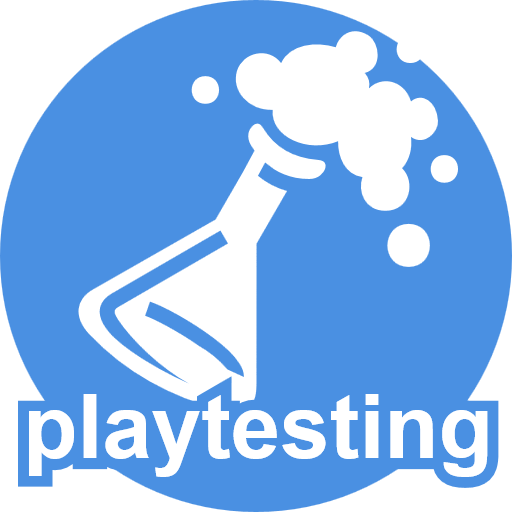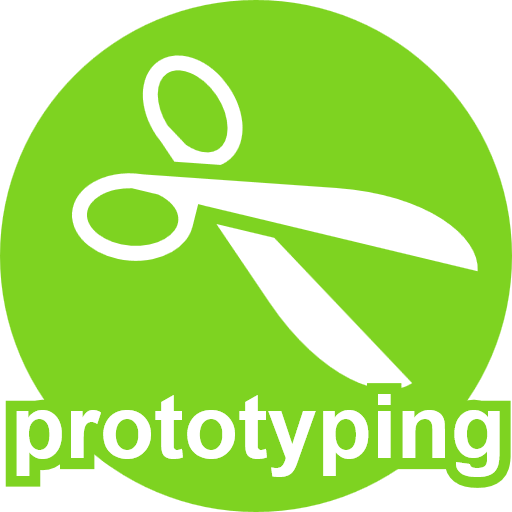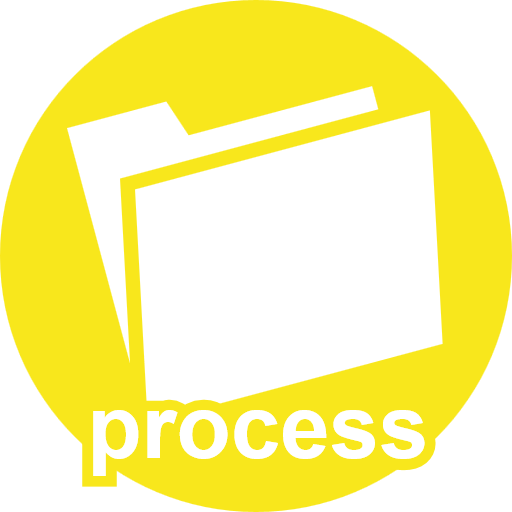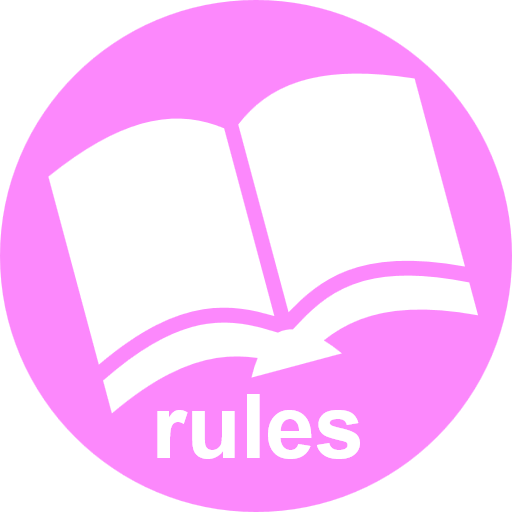Board game designers discuss their preferred tools for cutting prototype components:
Lessons learned from running a pay-what-you-want board game crowdfunding campaign:
https://stonemaiergames.com/pay-what-you-want-for-this-kickstarter-project/
Post-pitch discussions with publishers: game designers discuss how to handle long waits for a response and more:
https://mojo-nation.com/chasing-ghosting-and-feedback-inventors-discuss-post-pitch-follow-up/
An argument for why simple games with emergent depth win out over games that aim for depth through complexity:
https://giantbrain.co.uk/2022/07/14/the-complexity-of-depth/
Tiebreakers: tips for picking one that works for your game:
https://boardgamedesigncourse.com/how-to-break-ties-in-your-game/
How researching a theme early in the design process—with an eye toward design—will help your game feel more thematic:
https://shippboardgames.blogspot.com/2022/07/how-research-informs-theme.html
Designing an asymmetric game? Here are five challenges you’ll have to consider:
https://thethoughtfulgamer.com/2022/07/09/thoughts-on-asymmetry-part-2-design-challenges/
Some ways that a game’s design and production decisions can encourage or discourage analysis paralysis in players:
https://boardgamegeek.com/blogpost/133909/five-reasons-people-play-slow
Player turn order advantage: when and why it can show up, how to identify it as a problem, and various possible solutions to consider:
https://boardgamegeek.com/blogpost/133906/turn-order-advantage

